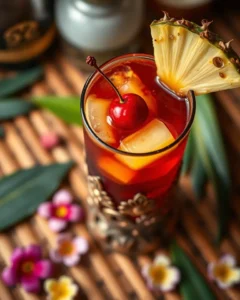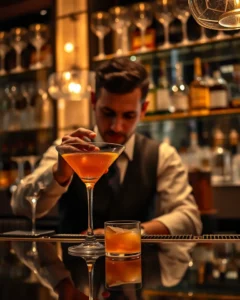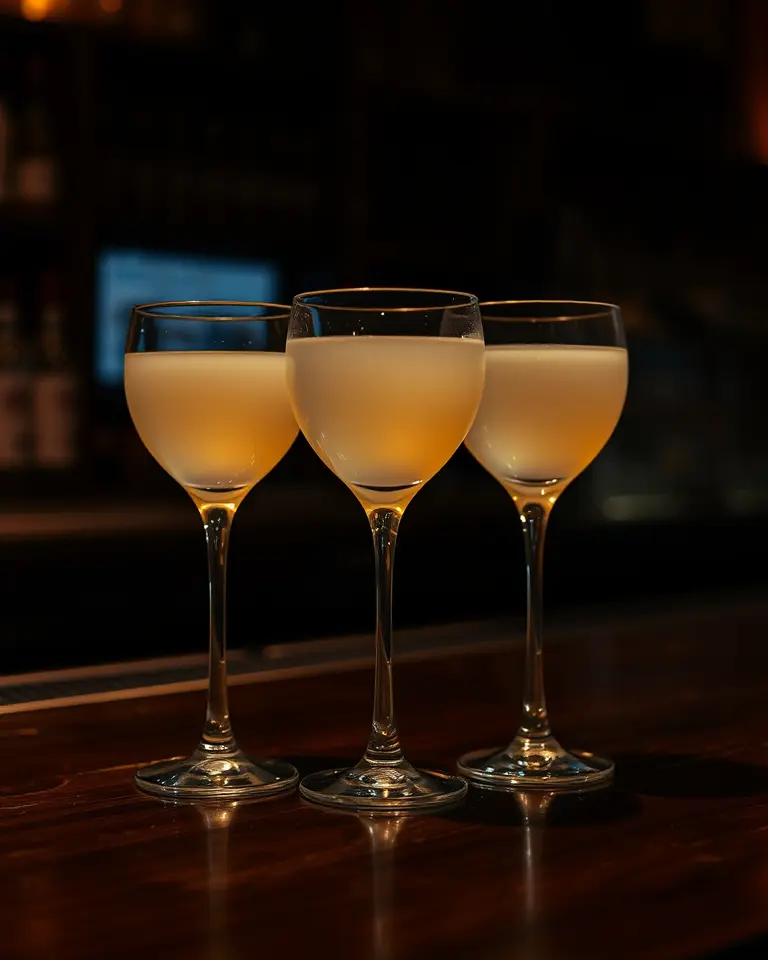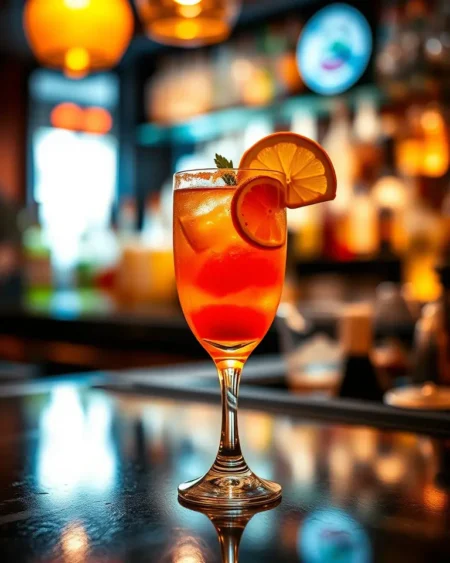The daiquiri, a seemingly simple cocktail, boasts a history as vibrant and complex as its flavor profile. This classic drink, traditionally made with rum, lime juice, and sugar, has evolved from its humble origins in Cuba to become a beloved staple in bars worldwide.
The Birth of a Classic
Origins in Cuba
The story of the daiquiri is often traced back to the late 19th century in Daiquirí, a town and beach near Santiago de Cuba. It’s believed that the drink was created around 1898 by Jennings Cox, an American mining engineer working in the area. Facing a shortage of gin for his guests, he improvised by using local ingredients: Cuban rum, lime juice, and sugar. This serendipitous substitution is considered by many to be the birth of the daiquiri.
Another account suggests that the drink was popularized by American troops during the Spanish-American War. It is said that they enjoyed a local drink called “canchánchara”, a blend of aquardiente de caña, lime, honey and water. The troops added ice and thus the daiquiri was born.
From Cuba to the World
Initially served in a tall glass with cracked ice, the drink quickly gained popularity among locals and American visitors alike. Its simple yet balanced flavor profile resonated, and it wasn’t long before the daiquiri’s reputation began to spread.
Lucius W. Johnson, a U.S. Navy medical officer, is credited with introducing the daiquiri to the Army and Navy Club in Washington, D.C. around 1909. This marked a pivotal moment, bringing the cocktail into the American mainstream. The drink’s popularity continued to grow, finding favor with figures like Ernest Hemingway and President John F. Kennedy.
The Classic Recipe
A traditional daiquiri is a testament to the power of simplicity. It typically consists of just three ingredients:
- Rum: White or light rum is the standard choice, providing the drink’s base spirit.
- Lime Juice: Freshly squeezed lime juice is essential, bringing the crucial sour element.
- Sugar/Simple Syrup: Adds the needed sweetness to balance the tartness.
The International Bartenders Association (IBA) specifies the following recipe for a classic daiquiri:
- 60 ml (2 oz) white Cuban rum
- 20 ml (¾ oz) fresh lime juice
- 2 bar spoons superfine sugar or ¾ oz simple syrup
To prepare:
- Combine all ingredients in a cocktail shaker.
- Stir well to dissolve the sugar.
- Add ice and shake vigorously.
- Strain into a chilled cocktail glass.
Variations in Ratio
While the 2:1:1 ratio (rum, lime juice, and sugar/simple syrup) is a common starting point, bartenders and enthusiasts often adjust to taste. Some prefer a slightly sweeter or more tart daiquiri, modifying the ratios to their liking. Some may even opt for a 2:1:0.5 ratio if the drink is too sweet.
The Evolution of the Daiquiri
Over the years, the daiquiri has spawned numerous variations, each offering a unique twist on the classic formula.
Frozen Daiquiris
One of the most popular variations is the frozen daiquiri. This version is made by blending the classic daiquiri ingredients with ice, creating a slushy, refreshing concoction. Frozen daiquiris are often associated with fruit flavors, such as strawberry, mango, and peach, which can be added directly to the blender.
The Hemingway Daiquiri
The writer Ernest Hemingway was a huge fan of the daiquiri, and his preferred version, often called the Papa Doble, is a notable variation. Created at the El Floridita bar in Havana, it includes:
- A double shot of white rum (or even quadruple)
- Lime juice
- Grapefruit juice
- Maraschino liqueur
- No sugar.
Other Notable Variations
Other popular riffs on the classic daiquiri include:
- Banana Daiquiri: Often made with fresh banana and/or banana liqueur.
- Hotel Nacional: Features apricot liqueur in place of sugar, typically using aged rum and fresh lime juice.
- Pineapple Daiquiri: Adds pineapple juice or pineapple rum for a tropical twist.
- Strawberry Daiquiri: A common variant made with strawberries or strawberry syrup.
The Daiquiri in Popular Culture
The daiquiri has been featured in numerous works of literature and film, further cementing its place in popular culture. Ernest Hemingway’s fondness for the drink is well-documented, and it’s also mentioned in F. Scott Fitzgerald’s novel, “This Side of Paradise”.
Nutritional Information
A 30-gram serving of a classic daiquiri contains approximately 35 calories, with 4.7 grams of carbohydrates (mostly sugar), 0 grams of fat, and 0 grams of protein. However, these values can vary based on the specific recipe and ratios. A 240-gram cup of daiquiri is around 286 calories, 0.2 grams of protein, 0.2 grams of fat, and 37 grams of carbohydrates. Frozen daiquiris tend to have slightly more calories and sugar due to the added fruit or syrups.
Choosing the Right Rum
The quality of rum significantly impacts the overall taste of a daiquiri. While white rum is traditional, many different rums can be used to create different flavor profiles. Some popular options include:
- Eminente Ambar Claro: A light Cuban rum with bold flavors.
- La Progresiva: A blend of Cuban rums with a caramel-forward profile.
- Kromanti Rum: A botanical infused rum with tamarind.
- Don Q Cristal: A smooth, clean white rum.
- Plantation 3 Stars: A popular choice for its versatility.
- Bacardi Superior: A widely available and classic white rum.
- Flor de Caña: A bright, crisp white rum from Nicaragua.
The Daiquiri Today
The daiquiri remains a beloved cocktail, appreciated for its simplicity, versatility, and refreshing taste. Whether enjoyed in its classic form or as a creative variation, the daiquiri continues to be a staple on cocktail menus worldwide, its enduring popularity a testament to its timeless appeal.







